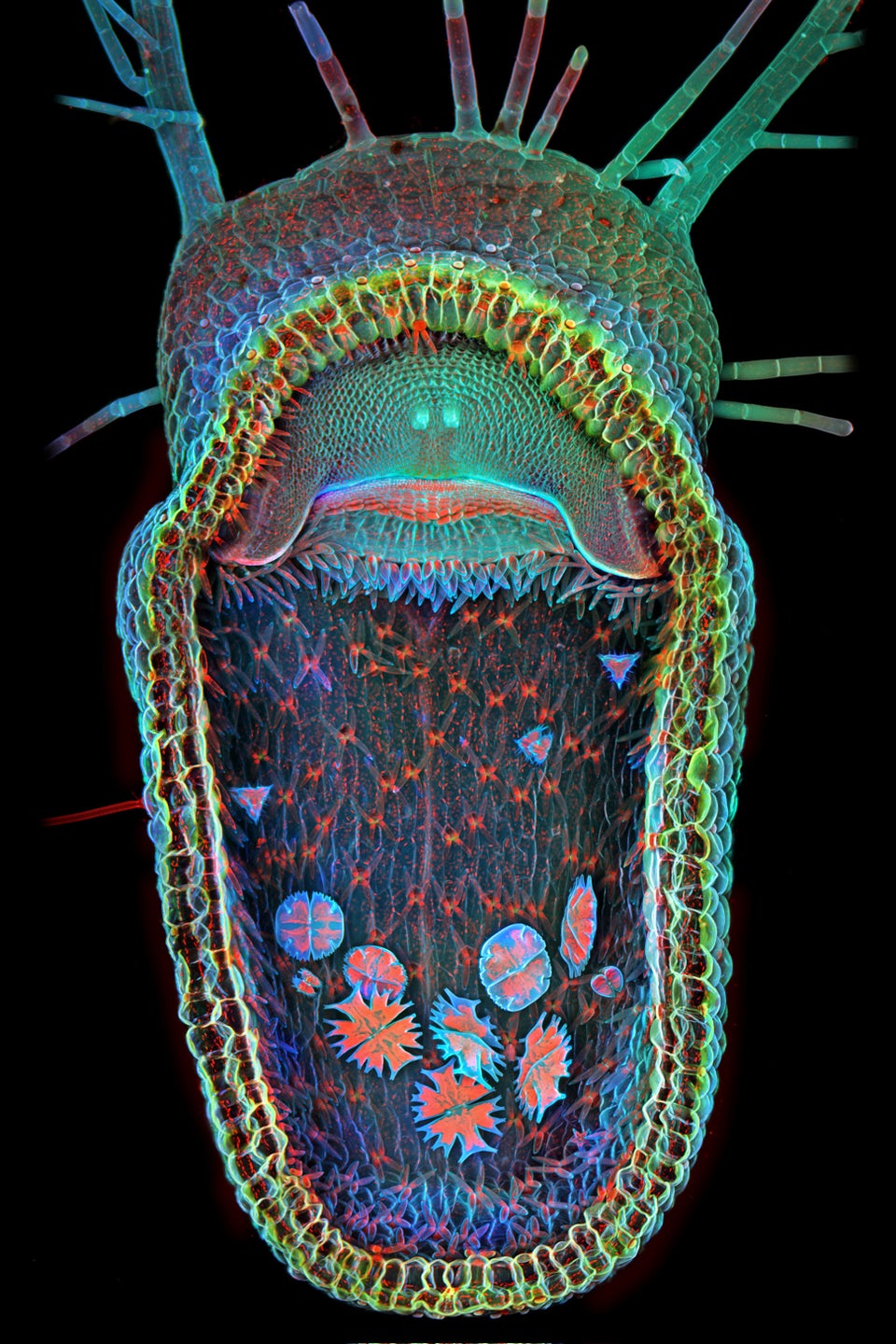Scientists have modeled the stunning structure of the receptor in our bodies that jolts our senses when we eat sushi garnished with spicy wasabi -- and it turns out that this so-called 'wasabi receptor' may hold clues for developing new pain treatments.
The receptor, a protein called TRPA1, resides in the cellular membrane of our sensory nerve cells. Not only does it detect certain chemical agents outside of our bodies -- from wasabi to tear gas -- but it also gets triggered by pain-inducing signals within our bodies from itches and inflammation.
“The pain system is there to warn us when we need to avoid things that can cause injury, but also to enhance protective mechanisms,” Dr. David Julius, professor and chair of the physiology department at the University of California, San Francisco, and senior co-author of the new study, said in a written statement. “Of course, this information may also help guide the design of new analgesic drugs.”
(Story continues below.)
An animation of the 'wasabi receptor.'
The researchers built the new detailed 3D model using an advanced imaging technique known as electron cryo-microscopy, Science magazine reported.
Using the model, the researchers discovered a spot in the receptor where wasabi chemical compounds bind, according to a video from UCSF about the research (see above). They noticed that when a receptor encounters such chemical compounds, it activates nerve fibers that then send pain signals to the brain. Ouch!
There are already a few experimental drugs that target the wasabi receptor to alleviate pain, Smithsonian magazine reported, and the new model allows scientists to see the exact cleft in the protein where those drugs bind -- a discovery which may help guide the development of innovative pain medications.
"A dream of mine is that some of the work we do will translate into medicines people can take for chronic pain," Julius told NPR. "What the structure does is, it gives pharmaceutical firms sort of a map for either tweaking the drugs that they have... or for developing drugs that might have different properties."
The study was published online in the journal Nature on April 8, 2015.

